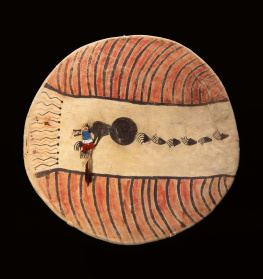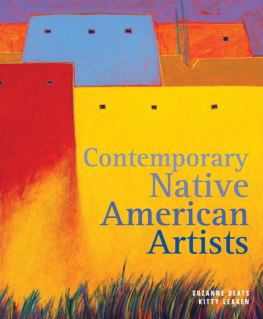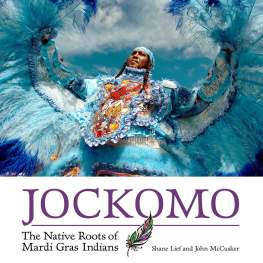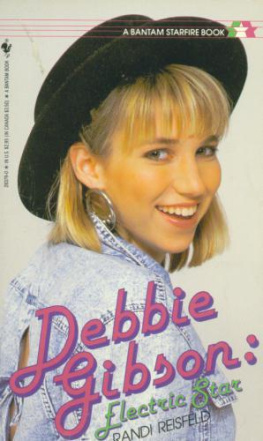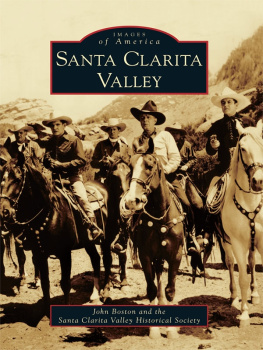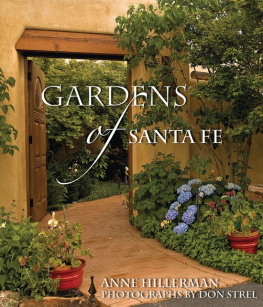Kevin Red Star
Crow Indian Artist
Daniel Gibson & Kitty Leaken
Kevin Red Star
Crow Indian Artist
Digital Edition 1.0
Text 2014 Daniel Gibson & Kitty Leaken
Photographs on pages 14, 18, 19, 22, 23, 25, 26, 27, 29, 53, 75, 87, 106, 108, 113, 116, 121, 123, 128, 129, 130, 131, 136, 139, 140, 141, 142, 143 2014 Kitty Leaken. All other photographs as otherwise noted.
All rights reserved. No part of this book may be reproduced by any means whatsoever without written permission from the publisher, except brief portions quoted for purpose of review.
Gibbs Smith
P.O. Box 667
Layton, Utah 84041
Orders: 1.800.835.4993
www.gibbs-smith.com
ISBN: 978-1-4236-3609-0
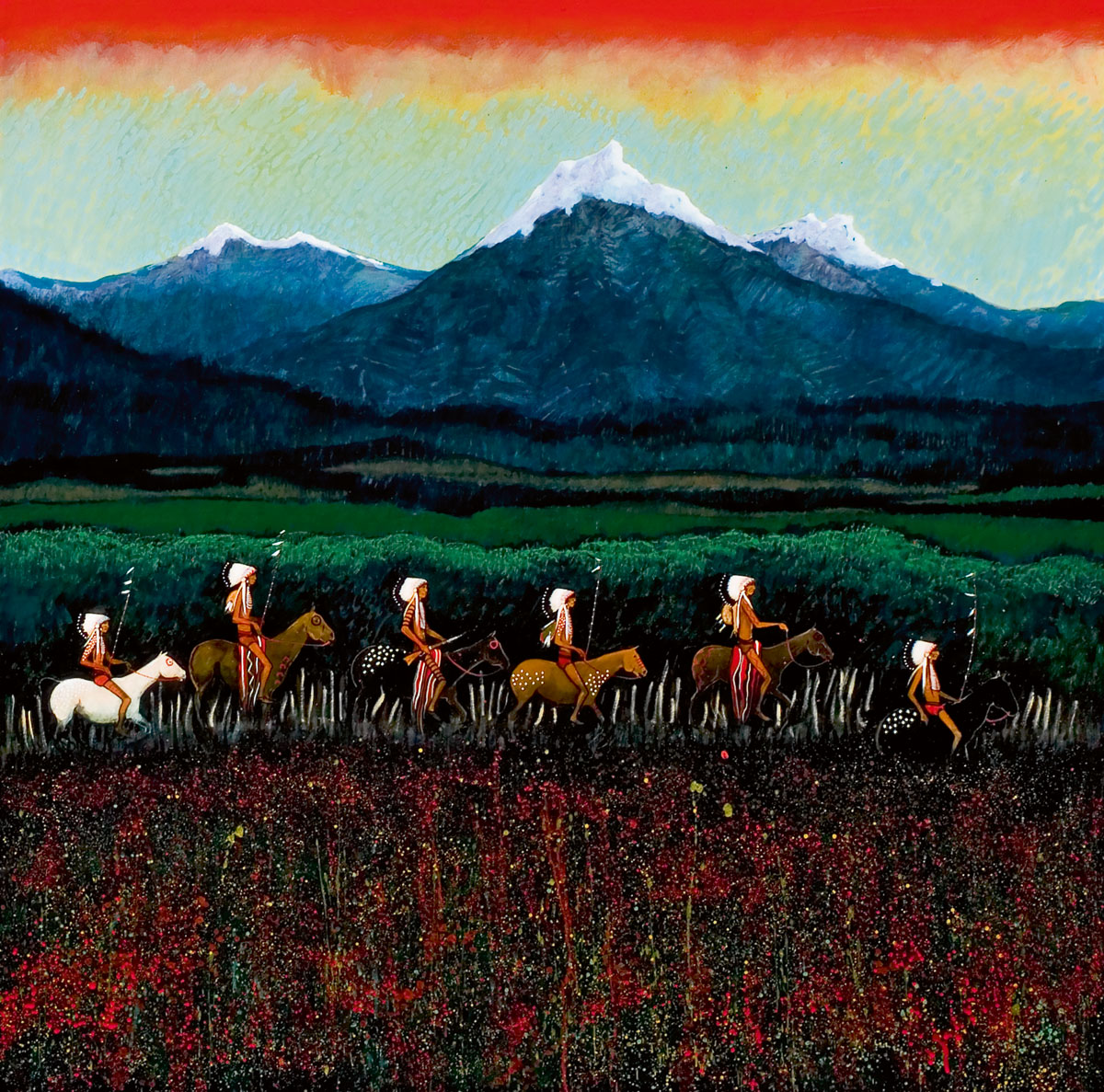
Crow Chiefs at the Bitterroots , n.d. Courtesy of Kevin Red Star archives.
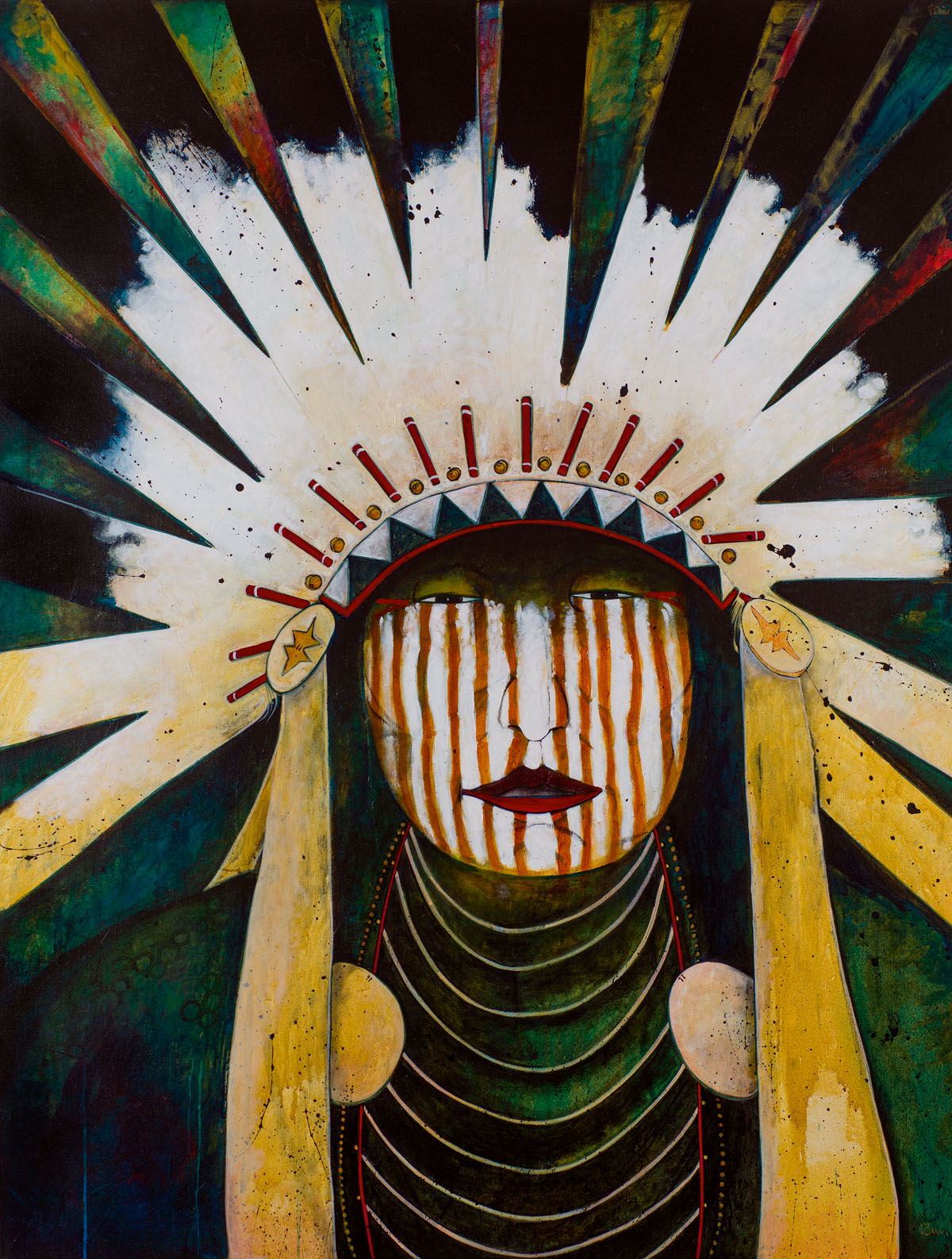
Big Medicine , 2013, acrylic on canvas, 60 x 48 inches. Windsor Betts Art Brokerage House.
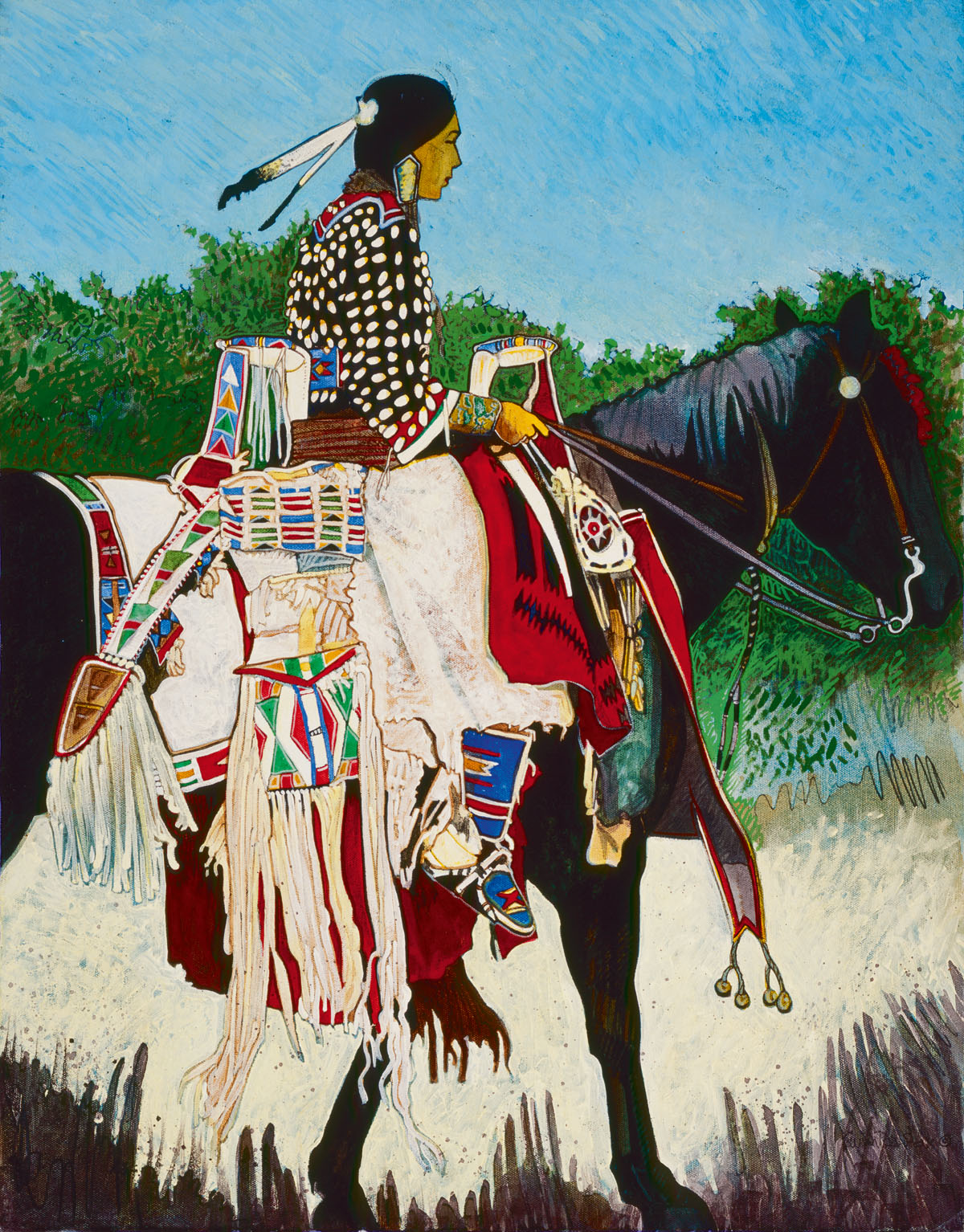
Crow Woman on Parade , 1970s, acrylic on canvas, 28 x 22 inches. Collection of Merida Red Star Miller. Yellowstone Art Museum 2005 exhibit.

Apsalooke Lodges , 2009, mixed media on canvas, 44 x 40 inches. Courtesy of Kevin Red Star archives.
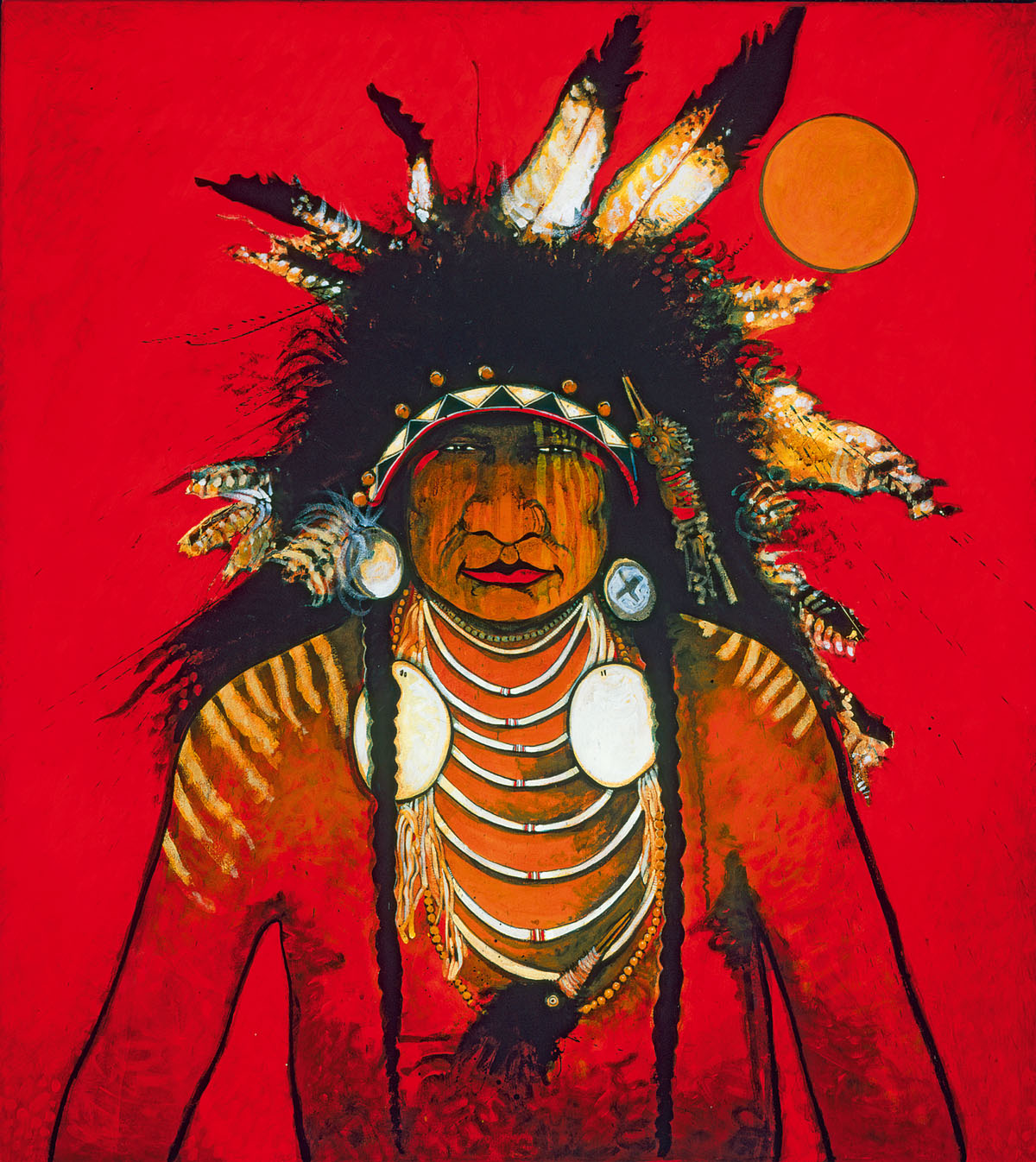
Big Thunder , n.d., acrylic on canvas. Courtesy of Kevin Red Star archives.
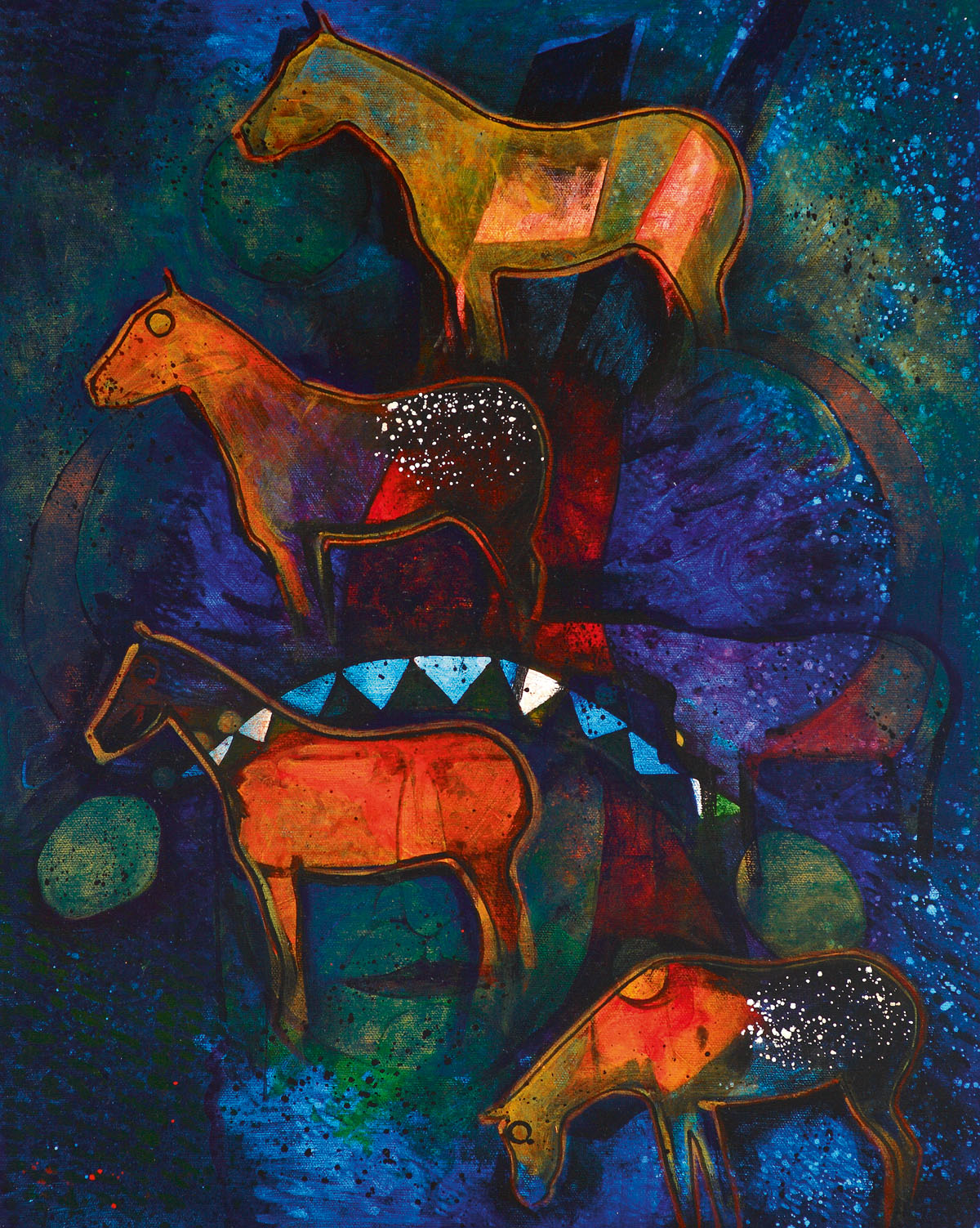
Evening Mountain Horses , 2008, acrylic on canvas, 20 x 16 inches. Collection of Jacob Murphy Johnson. Courtesy of Ann Murphy Kincheloe.
A Critical Appraisal
Over the decades, Kevin Red Stars work has come to the attention of many major art institutions and museums. They have watched his career and work unfold, the changes in his styles, themes, and materials. They are thinking about his place in American art and Native art. And, over the years, the artist has also drawn a loyal cadre of collectors to his work. They also have studied his evolution and have become astute observers of his winding path.
Mindy Besaw, John S. Bugas Curator at the Whitney Western Art Museum (a division of the Buffalo Bill Center of the West in Cody, Wyoming), notes:
One of the strengths of his work is the combination of his personal experiences and his experience within his tribe, and how that blends with modern art styles and Native American art of the past, and becomes something else. Graphically the images are recognizably his, but also very modern. Then if you dig a little past the immediate surface recognition, subject, and beautiful design, it becomes something more, a search for meaning. It has a dual nature.
James Nottage, Vice President and Chief Curatorial Officer of the Eiteljorg Museum of American Indians and Western Art in Indianapolis, the major institution of its kind in the Midwest, grew up in Wyoming, and has been aware of Red Star since the early to mid-1970s. The museum has shown his work in at least five exhibitions from 1989 to 2011. Two paintings, Dressed for the Parade and Elk River Woman were included in the inaugural opening of the Hurt and Harvey galleries in 2005. In 2003 he served as the featured artist of their annual Indian Market and Festival. Nottage says:
He is one of the wonderful mainstays in our world of art. I really enjoy his rich imagination, which I think is particularly true with his tipi series. Many are a little more abstract, with different angles and compositions and color schemes. There is a wonderful variety but you can also always spot a Red Star painting. There is a consistency in quality. I describe his use of color as vibrant, which runs such a close parallel to the Crow themselves. His work reveals them as a people of the past, yet also and more importantly perhaps, as people of the presentnot frozen in time but alive and present.
Emma Hansen (Pawnee Nation of Oklahoma), Senior Curator of the Plains Indian Museum (a division of the Buffalo Bill Center for the West in Cody, Wyoming), has known Red Stars work since he and his mother collaborated on a tipi project displayed in Anadarko, Oklahoma, in 1973.
One is struck immediately by his strong colors and compositions, but as an anthropologist, I am most taken by his faithful recording of his culture and people. Ive come to know quite a few Crow people since coming here more than 20 years ago, and when I look at his portraits, I see them and the lands they inhabit.
I have also been impressed with his availability and accessibility. He has attended numerous events here, including speaking at a seminar we had on contemporary plains Indian art.
Suzanne Deats, an arts writer who worked as an artist alongside Red Star in Santa Fe, notes:
Kevin has been the most successful of all the modern Indian artists in preserving his tribal traditions while being a completely modern artist. Some have gone away from the subject and stylized it more, but Kevin hasnt. He just paints from a very, very modern aesthetic. I dont think anyone else has gone to that high level beyond the purely decorative. Although his work is absolutely about his tribal traditions, he is not just mindlessly imitating it. He is making an artists statement in every painting he does.
Alex Betts owns and operates Windsor Betts Art Brokerage house in Santa Fe. She met the artist around 1977, and recalls her first impression of his work:
I thought it was really honest art. Here is a guy chronicling his people when they were still warriors and hunters but doing it from his own vision and from stories told to him by elders. It was just so unique and I was enthralled by his ability to articulate these stories in paint. And, I was impressed with his humbleness about his talent, and what a gentle soul he has. He is absolutely courageous as well. He stayed true to his artistic calling and was able to survive with it, where so many of his classmates from IAIA didnt. He stood firm in his vision and stayed on the job, even when times were tough.

